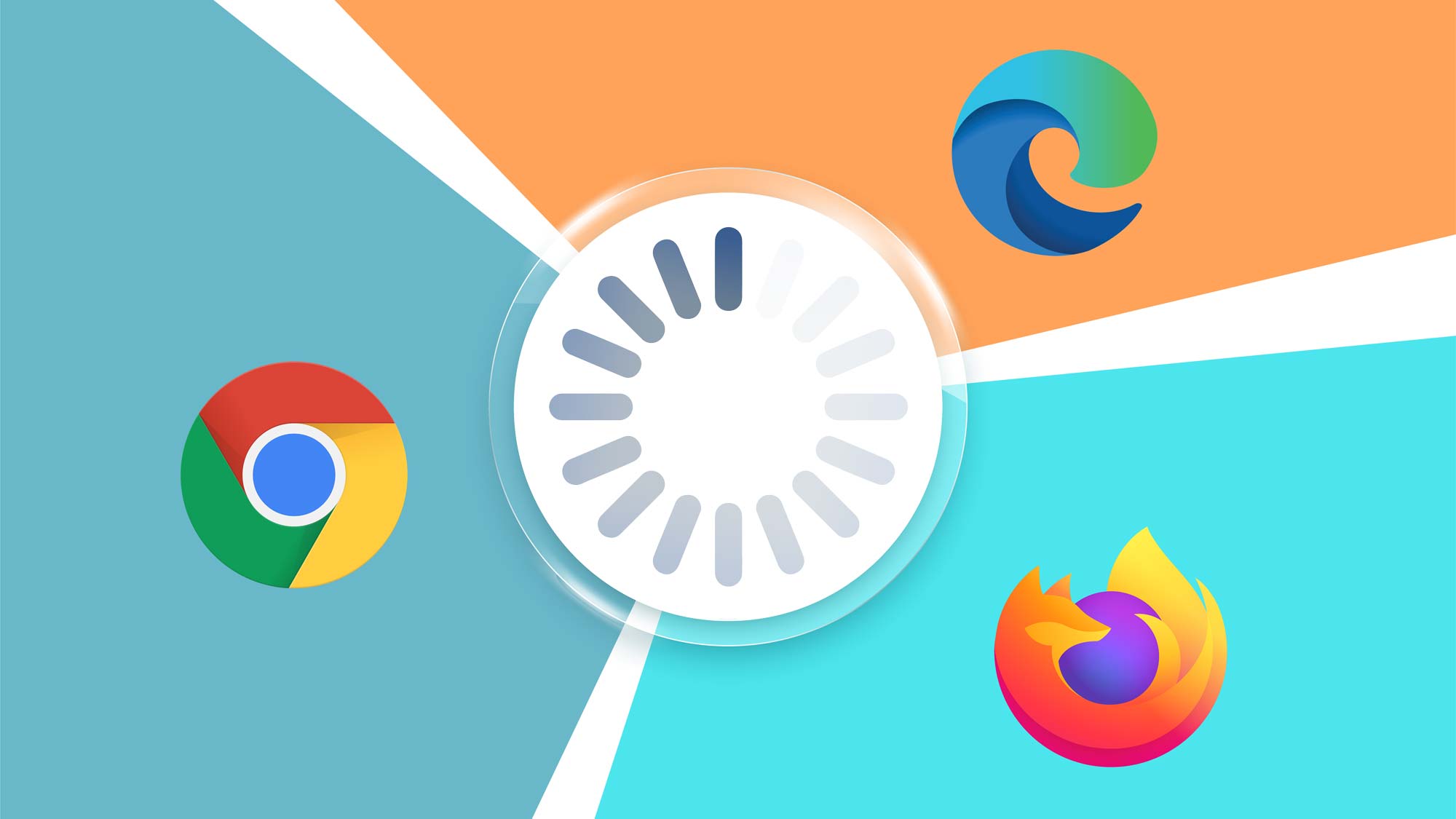
Because Brave blocks third party all of that out of the box, it’s considerably faster than other browsers. The rest is advertising, trackers, and other material which takes extra time and data to download, occupies space in memory, and needs more CPU time and power to process. Most websites try to send large amounts of data, of which only a little is the “stuff” the user actually wants to see. Using Chromium as a foundation lets Brave’s small team focus on building the powerful features which set the browser apart rather than the core web-browsing experience shared by all browsers. Chromium is now the building block for most contemporary web browsers. The goal was to take the work Google had done building Chrome and create a shared core for any browser which wants to use it.

The Chromium Project was established by Google, based on Apple’s WebKit. In the spirit of transparency, we here present our methodology and detailed results.īrave is open source and is built on top of two other open source projects: the Chromium project and the Blink rendering engine. In our “1.0 reviewer guide”, we summarized the significant savings Brave users can expect. As ever, web browsing performance is a key priority for Brave, so we set out to evaluate in detail how it stacks up against the competition and devised a methodology for doing so.

In 2019, Brave reached a major milestone with the release of the 1.0 version. Matteo Varvello, performance researchers at Brave, and Dr. Keeping the web open to everyone with built-in privacy protections and significant efficiency gains


 0 kommentar(er)
0 kommentar(er)
